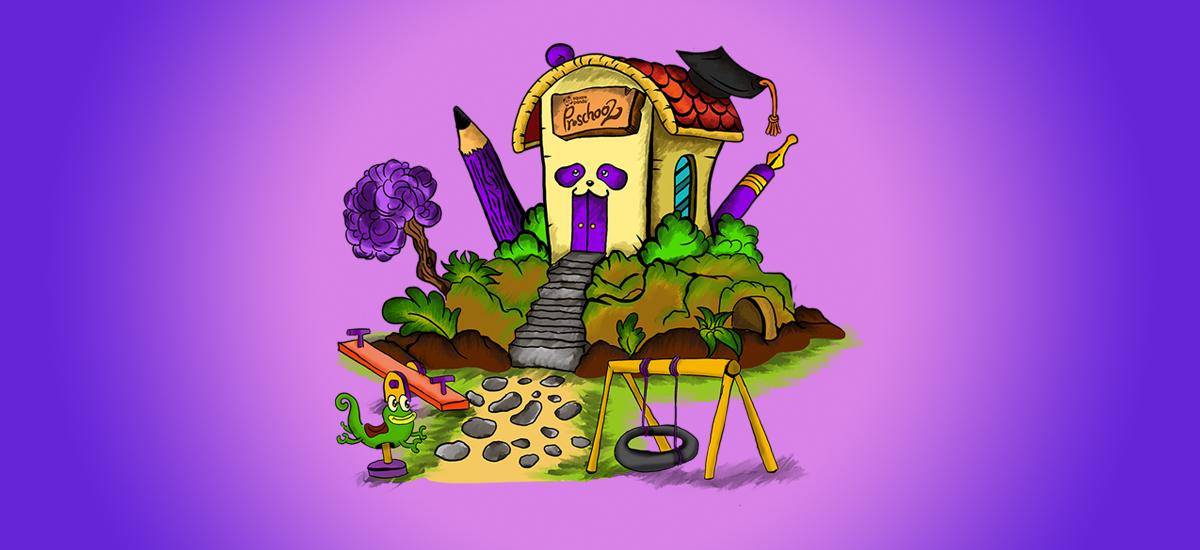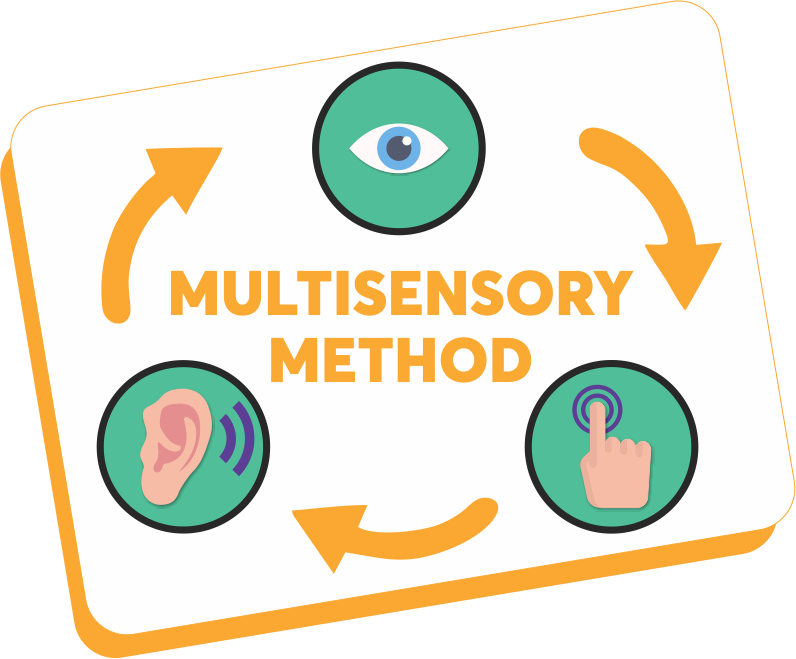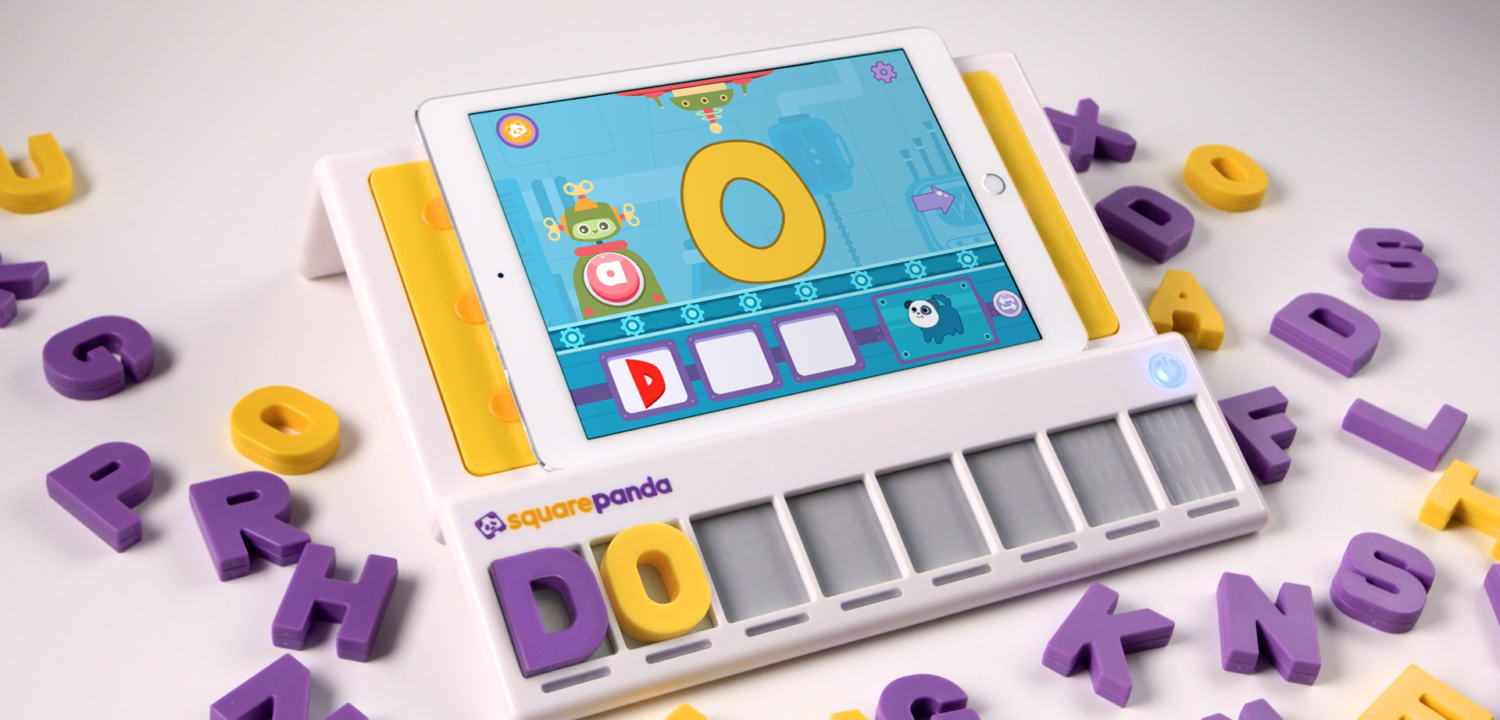The first day back to school after a happy sunny summer vacation can be daunting for kids. Make sure you have everything they need; use our back-to-school guide for inspiration:

Back-To-School Parent’s Edition
– Keep up the summer learning, especially for younger learners. You don’t want your kids experiencing the ‘summer slide‘ as it is called, also the phenomenon of losing a portion of knowledge during the months of summer vacation. To keep up their skills and knowledge, introduce a portion of learning every day. Keep it simple–have them practice their name, say your phone number, correctly identify shapes and numbers.
Hint: Here’s how you can mix in fun even during summer learning…

– Offer to help. Touch base with the authorities in charge at your child’s school and ask if you can donate:
-
- Your time (volunteer to be a part of some school committee)
-
- Your money (which can be used for new school equipment)
- Your efforts (in the form of suggestions for new educational products, new suggestions, and more)
Schools will never say no to a helping hand.
– Make your child a goodie bag. Everyone loves a present.Hand over a brand-new item they can show off to friends, and your kid is grateful for life (or at least until the next week, when they think of something else they want). This goodie bag does not have to be extravagant or expensive; you can fill it up with cute new sunglasses, clay dough, new pencils and crayons, glue, even the goodie bag itself can all be potential ‘back-to-school’ gifts for your child.

Image by ALI TOMA from Pixabay
Back-To-School Teacher’s Edition
– ‘Theme’ up your classroom. Welcome your kids to school by decorating the classroom in a particular style–you can pick a place like the circus or the beach, fun movies like the Avengers, and even funny songs or rhymes. Choose one that you know your students will enjoy and watch their faces light up with happiness.
For example: For the theme ‘Jungle Book’, you can place cutouts of plants and trees around the classroom (or actual potted plants, if allowed), green streamers to resemble creepers, pictures of jungle animals around the desks, and random students can be Mowgli, Baloo, and Bagheera. You can even have them sing and dance to songs from the movie.

Image Source: https://bit.ly/2EGfMv4
– Break the ice between kids, again. They were best friends for a whole year, and then came their vacation. Maybe they play together, maybe not. Either way, get your students bonding again by group activities like sitting in a circle and saying what they did in the summer, or making them all special badges. Help them feel connected to each other, and the year will pass smoothly.

– Load their first day back (or even first few days back, if you can work it into the curriculum), with enjoyable activities like painting, drawing, or playing some type of learning games.

*check out our Instagram feed to see how introducing exciting educational games in the classroom magically reduces your students’ first day jitters.

Preparing kids to go back to school can be challenging (for you and them), but with enough preparation, you can make it through with flying colours!
Share your tips and tricks to getting kids ‘back-to-school’ ready; hit the comment section below!
– Sanjana Shukla, Content Writer, Square Panda India

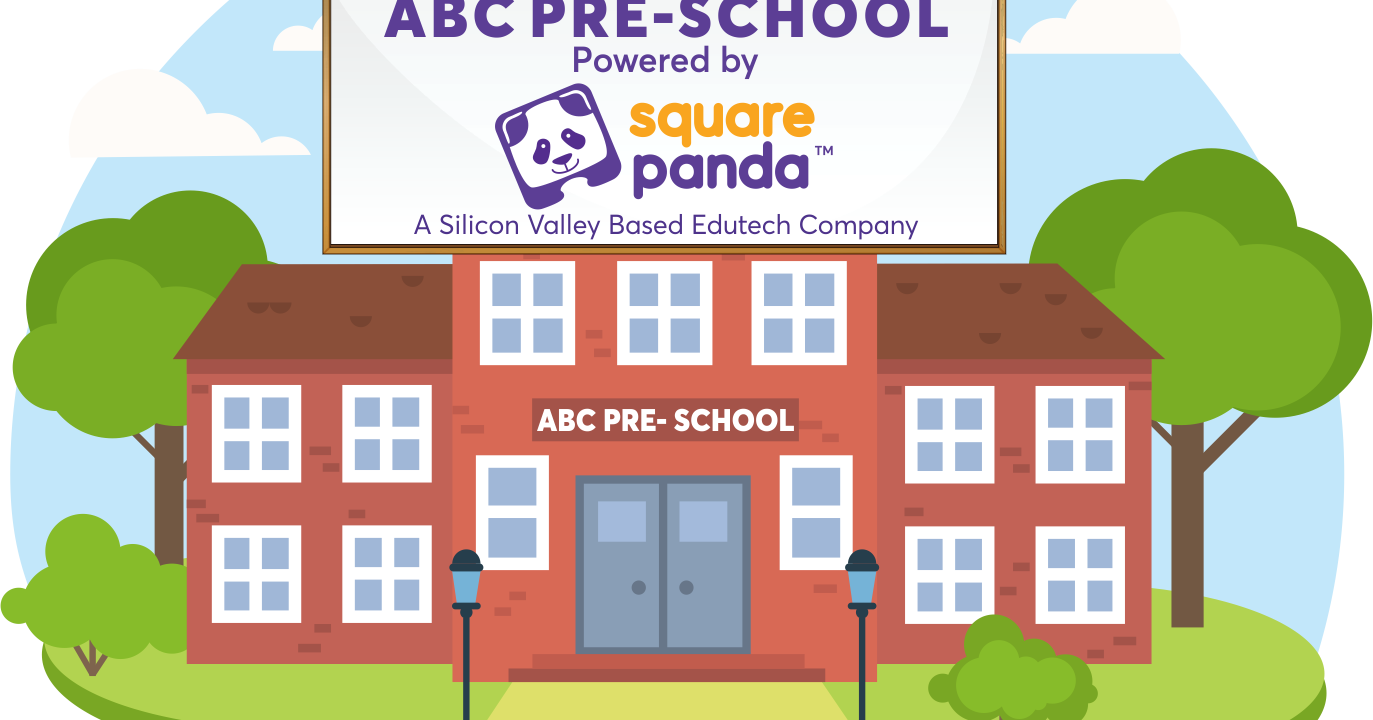






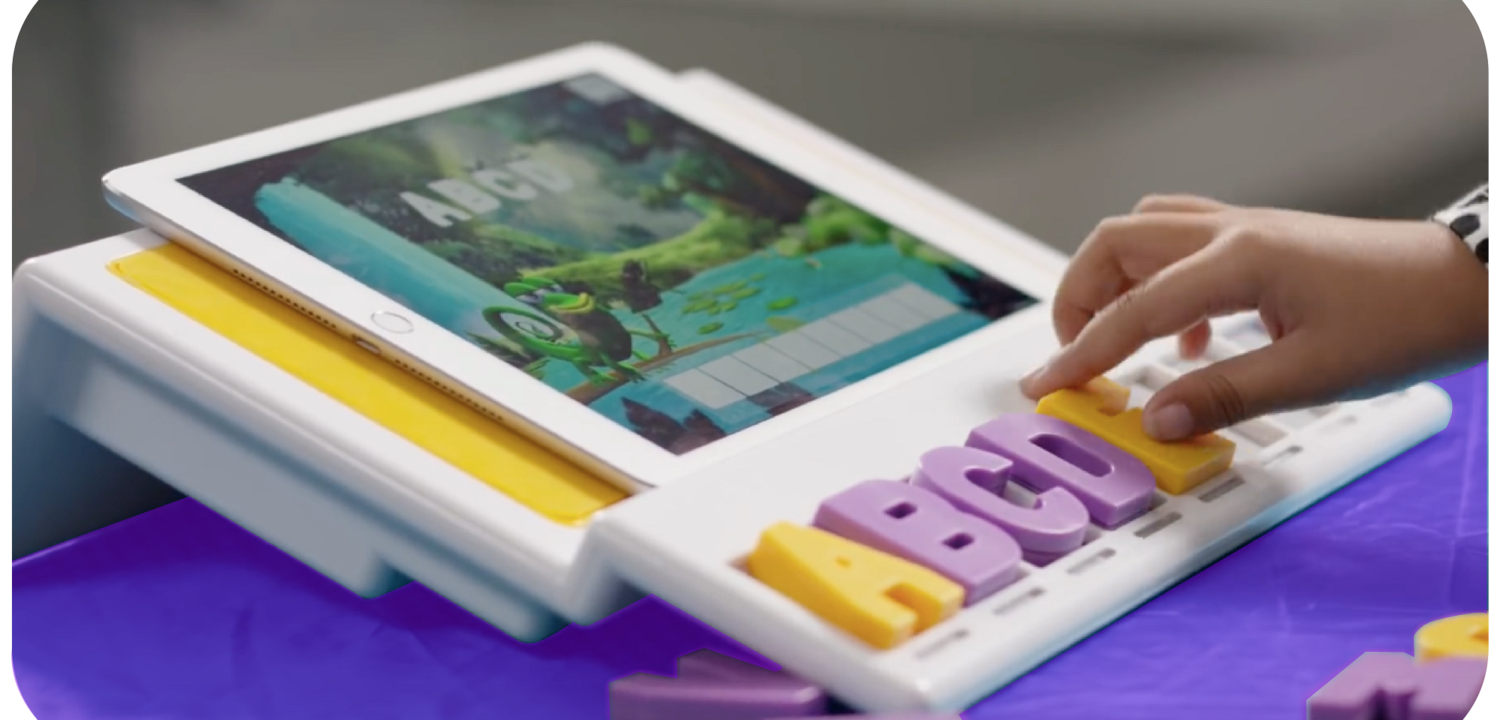




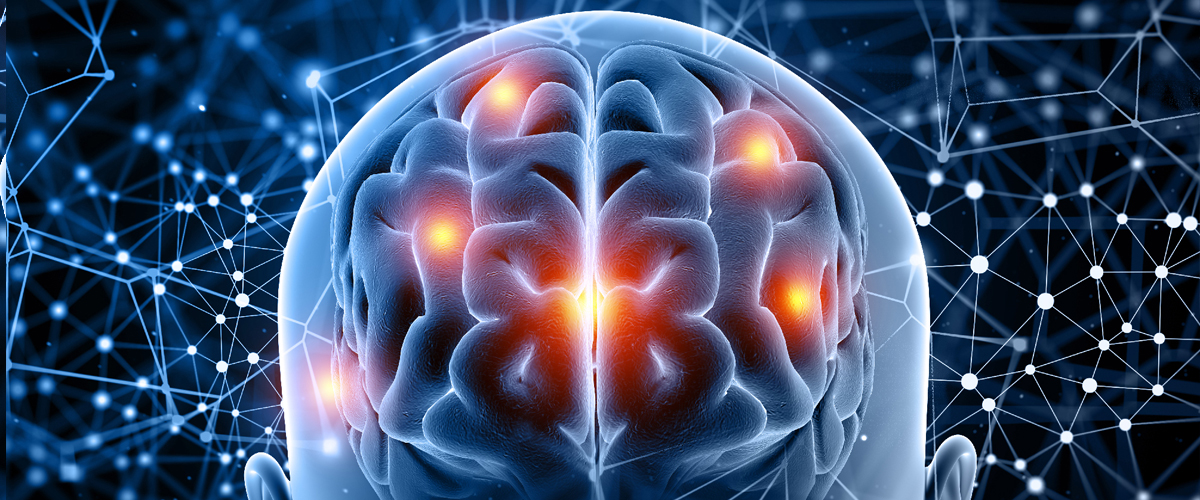



 9) The instructions and teaching for non-English speaking students should include work with phonemes and phoneme combinations that do not exist in their native language or home language. (National Literacy Panel, 2006)
9) The instructions and teaching for non-English speaking students should include work with phonemes and phoneme combinations that do not exist in their native language or home language. (National Literacy Panel, 2006)






